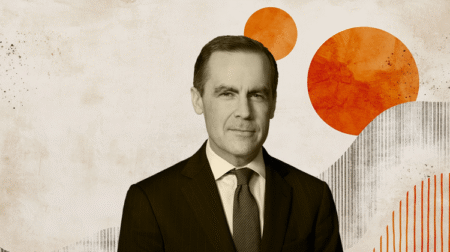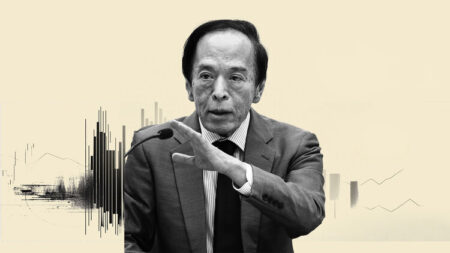Bank of Japan (BoJ) monetary policy board member Junko Nakagawa said on Thursday, “if its outlook for economic activity and prices is realized, BoJ will continue to raise the policy interest rate.”
Additional quotes
High uncertainties remain over future course of trade policies and their impact.
BoJ will make monetary appropriate policy decisions by continuing to carefully assess data and information.
There is a possibility that upward pressure on wages and the pass-through of higher wages to selling prices will strengthen.
Results of the upcoming September tankan will also be very important in examining the changes arising from factors such as progress in trade policy negotiations.
If firms focus much more on cost-cutting over passing on cost increases to selling prices due to tariffs, moves to reflect price rises in wages could weaken.
Heightened uncertainties over trade policies are likely to affect business and household sentiment around the world, could push down Japan, overseas economies.
Japan’s economy has recovered moderately, although some weakness has been seen in part.
There are high uncertainties regarding outlook for economic activity and prices.
Medium- to long-term inflation expectations have risen moderately on the whole.
Future developments in such factors as firms’ behavior shifting more toward raising wages and prices warrant careful attention.
Market reaction
The Japanese Yen (JPY) has picked up a few bids following these comments, dragging USD/JPY a tad lower to near 147.35, modestly flat on the day, as of writing.
Bank of Japan FAQs
The Bank of Japan (BoJ) is the Japanese central bank, which sets monetary policy in the country. Its mandate is to issue banknotes and carry out currency and monetary control to ensure price stability, which means an inflation target of around 2%.
The Bank of Japan embarked in an ultra-loose monetary policy in 2013 in order to stimulate the economy and fuel inflation amid a low-inflationary environment. The bank’s policy is based on Quantitative and Qualitative Easing (QQE), or printing notes to buy assets such as government or corporate bonds to provide liquidity. In 2016, the bank doubled down on its strategy and further loosened policy by first introducing negative interest rates and then directly controlling the yield of its 10-year government bonds. In March 2024, the BoJ lifted interest rates, effectively retreating from the ultra-loose monetary policy stance.
The Bank’s massive stimulus caused the Yen to depreciate against its main currency peers. This process exacerbated in 2022 and 2023 due to an increasing policy divergence between the Bank of Japan and other main central banks, which opted to increase interest rates sharply to fight decades-high levels of inflation. The BoJ’s policy led to a widening differential with other currencies, dragging down the value of the Yen. This trend partly reversed in 2024, when the BoJ decided to abandon its ultra-loose policy stance.
A weaker Yen and the spike in global energy prices led to an increase in Japanese inflation, which exceeded the BoJ’s 2% target. The prospect of rising salaries in the country – a key element fuelling inflation – also contributed to the move.
Read the full article here















